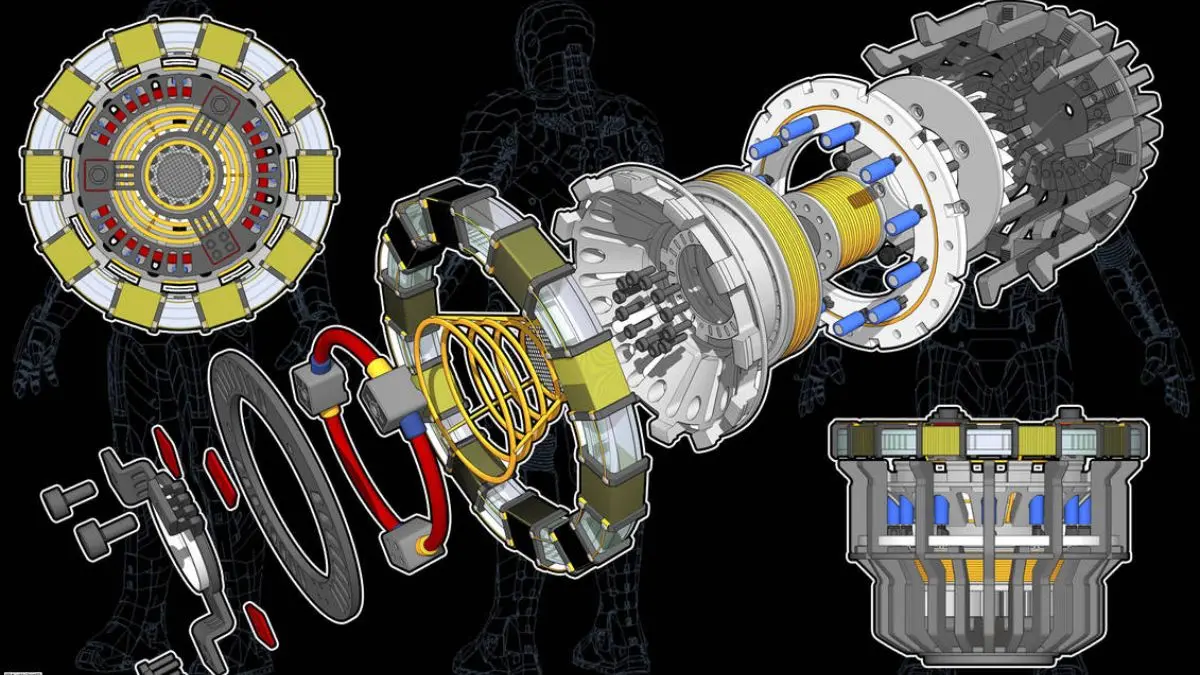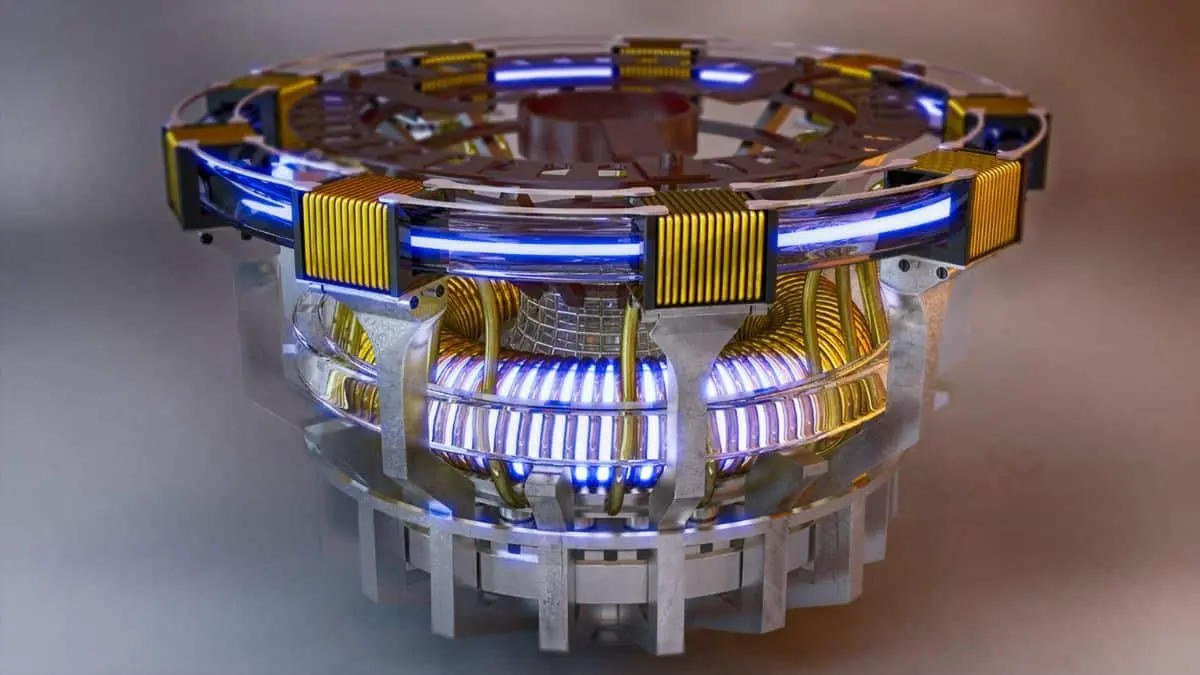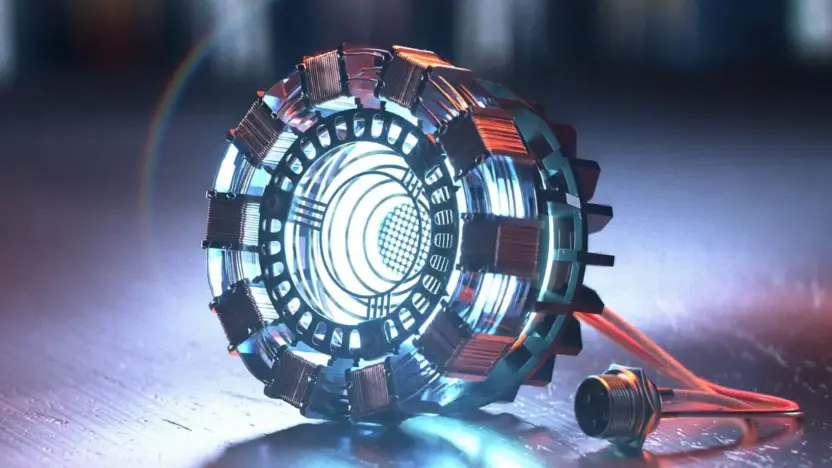The Arc Reactor, a central piece of technology in the Iron Man comics, serves as both the power source for Tony Stark’s Iron Man suits and a life-saving device implanted in his chest. Though fictional, its design draws on real scientific principles, making it an intriguing concept to explore. In this article we will try to understand How Iron Man Arc Reactor Works?
The Origin of the Arc Reactor
The Arc Reactor was initially developed by Howard Stark, Tony Stark’s father, as a large-scale energy source intended to power the entire Stark Industries complex. This original reactor was a significant technological leap, capable of producing vast amounts of energy through nuclear fusion, a process that combines atomic nuclei to release energy.
Tony Stark, using his profound engineering skills and deep understanding of his father’s work, miniaturized the Arc Reactor. The first miniaturized version, created while Stark was held captive in Afghanistan, was intended to keep shrapnel from reaching his heart and simultaneously power his suit. This miniaturization was a groundbreaking advancement, making the reactor small enough to fit in the palm of his hand.

Working Principles of the Arc Reactor
- Fusion Technology: The Arc Reactor operates on principles similar to those of a fusion reactor. Fusion involves combining light atomic nuclei to form a heavier nucleus, releasing energy in the process. In real-world applications, fusion reactors use magnetic fields to contain and compress hydrogen plasma to achieve the conditions necessary for fusion.
- Palladium Core: The core of the Arc Reactor is made of palladium, which is crucial for its operation. Palladium is theorized to be used for “cold” fusion, a concept where nuclear reactions occur at, or near, room temperature, unlike traditional fusion which requires extremely high temperatures. While cold fusion remains largely theoretical and controversial in the real world, it provides a fascinating basis for the Arc Reactor’s design.
- Electromagnetic Containment: The Arc Reactor uses a ring of electromagnets to contain and accelerate charged particles within the device. This setup creates a plasma state where ions move at high velocities, colliding and generating energy. The containment system ensures that the plasma does not escape, maintaining a stable reaction within the compact device.
- Energy Generation: The energy generated by the Arc Reactor is harnessed directly to power both the Iron Man suit and, initially, to keep Stark alive. The reactor’s energy output is substantial, capable of sustaining the advanced functionalities of the Iron Man suits, which include flight, weapons systems, and enhanced strength.
Advancements and Challenges
Over the course of the Iron Man series, Tony Stark continually improves the Arc Reactor. Initially, the palladium core caused poisoning, pushing Stark to synthesize a new element, as theorized by his father. This new element, created in “Iron Man 2,” provided a clean and sustainable power source without the toxic side effects.
Real-World Parallels and Aspirations
While the Arc Reactor is a fictional device, it is rooted in real scientific concepts. Nuclear fusion, as a source of clean energy, is a topic of significant research. Fusion reactors, like tokamaks, use magnetic fields to contain hot plasma in a doughnut-shaped chamber, aiming to achieve sustained fusion reactions. The promise of fusion energy lies in its potential to provide virtually limitless and clean power, much like the Arc Reactor.
However, significant challenges remain in achieving practical and sustained fusion. Current fusion experiments require more energy to initiate and maintain the reaction than they produce, a hurdle that future advancements aim to overcome.

Diagram Explanation
Below is a diagram that illustrates the basic components and working principles of the Arc Reactor:
- Palladium Core: The heart of the reactor, where nuclear reactions take place.
- Electromagnetic Containment Ring: Surrounds the core, containing the plasma and maintaining the reaction.
- Energy Output Interface: Channels the generated energy to power external systems, such as the Iron Man suit or Stark’s life support system.
Also Read: Why Superheroes are Good Role Models



